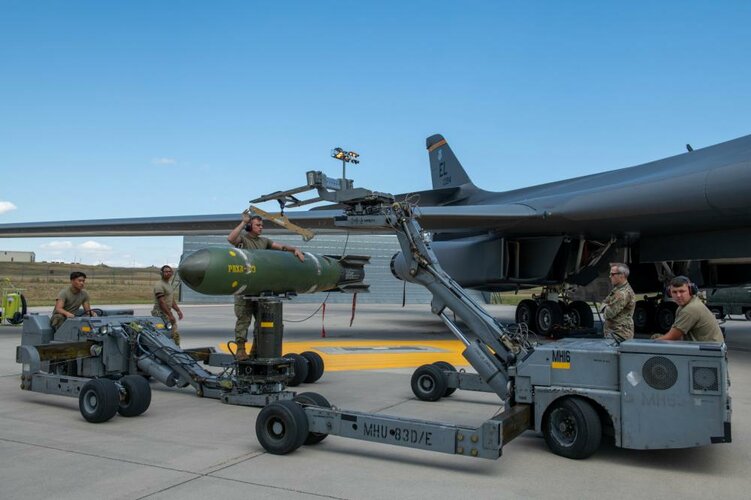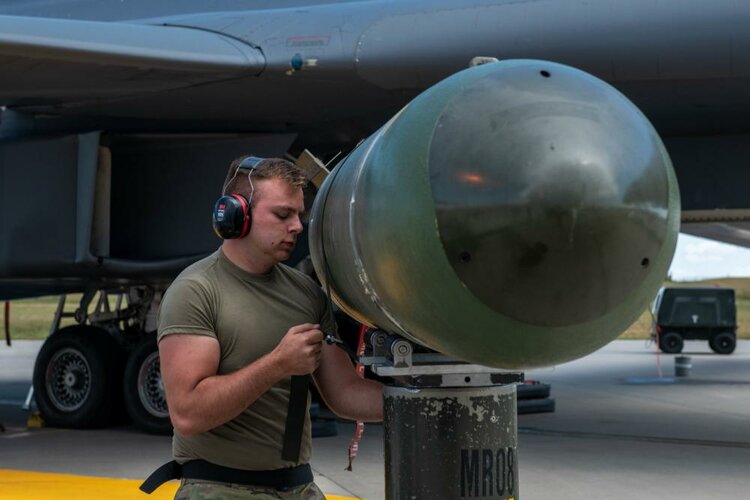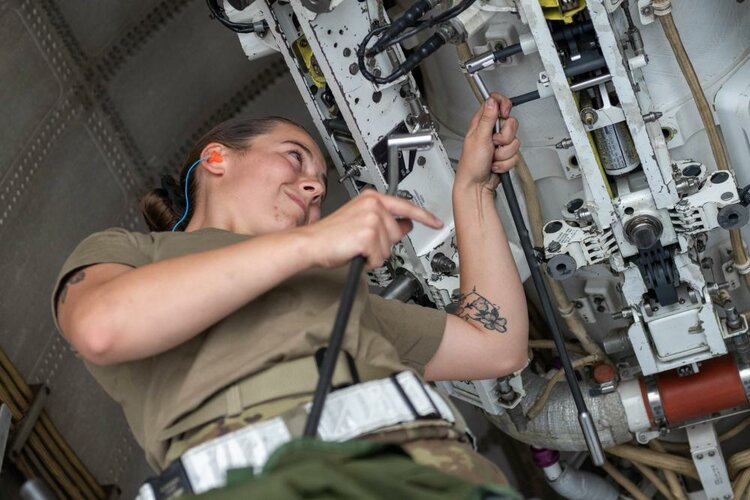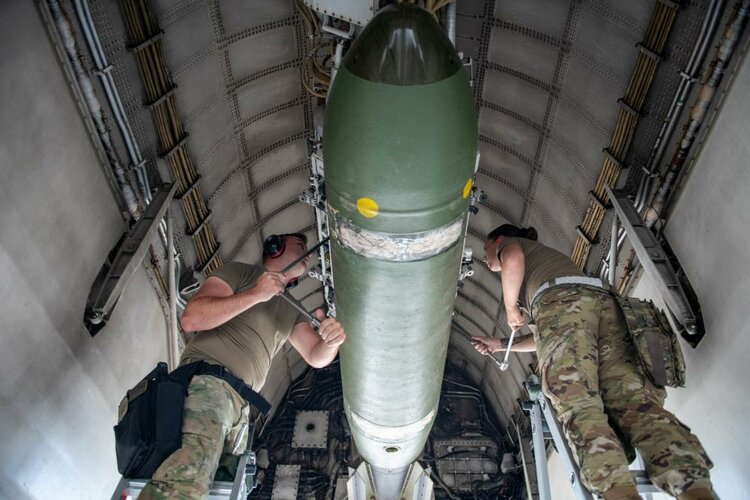- Joined
- 21 April 2009
- Messages
- 13,566
- Reaction score
- 7,193
http://nationalinterest.org/feature/get-ready-china-russia-american-super-mines-are-coming-14120
But when a high-altitude B-52H bomber dropped a Quickstrike naval mine on September 23, 2014, something extraordinary happened: instead of falling into the sea below, the mine glided to a splashdown 40 nautical miles away. The reason? The mine had wings.
It was a hybrid weapon, a combination of a Quickstrike mine and JDAM, or Joint Direct Attack Munition, the clever concept that attaches fins and GPS guidance to conventional “dumb” bombs, thus turning them into cheap guided bombs. This Quickstrike mine had been fitted with JSAM-ER, which slips actual wings on to the weapons, enabling it to glide long distances. The new weapon, designated GBU-62B(V-1)/B Quickstrike-ER, has a range of 40 nautical miles when launched from 35,000 feet.






